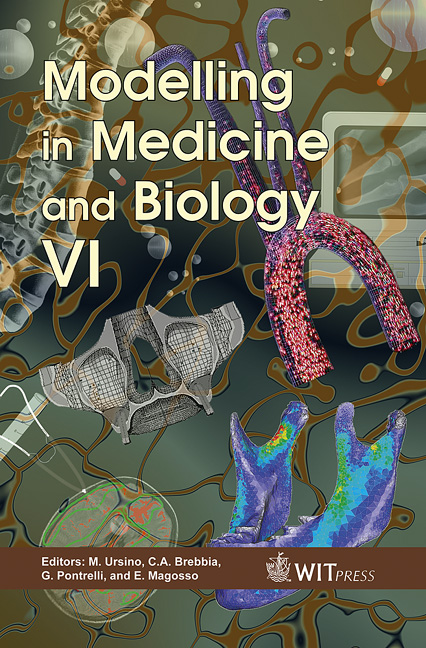Analysis Methodology Based On Temporal FEM For Bio-mechanical Simulations
Price
Free (open access)
Transaction
Volume
8
Pages
10
Published
2005
Size
387 kb
Paper DOI
10.2495/BIO050291
Copyright
WIT Press
Author(s)
A. Eriksson
Abstract
This paper deals with the analysis of optimal path forward dynamics of mechanical systems. The primary applications considered are bio-mechanical simulations of musculoskeletal systems. The focus is put on problems of controlled movements from one configuration to another. Different criteria for this movement are allowed in the formulation. Formulations, examples and conclusions are given. 1 Introduction This paper deals with the analysis of optimal path forward dynamics of mechanical systems. The primary applications considered are bio-mechanical simulations of musculoskeletal systems. Controlled problems are considered, with an initial state, but also a limited number of target states at certain time instances. An optimal path is sought, which produces the movement at the lowest possible cost. Different choices of cost functions are considered. The methodology uses a temporal finite element formulation, based on Hermitian interpolation of all displacement coordinates, [1]. The problem is using a limited number of displacement coordinates for kinematic description. The basic principle is a time instance set of dynamic equilibrium equations, linear or nonlinear, involving the external loads, and unknown control forces to be decided. The control forces can be forces in certain coordinates at certain time stations, typically joint moments, but the setting allows muscular forces, or even the muscular nominal stresses to be used as unknowns. The main assumption and limitation in the present simulations, when seen in the musculoskeletal context, is that the forces can be infinitely quickly regulated,without delays and not considering the activation dynamics. Restrictions on displacement coordinates or controls can be introduced. Redundancy in the force system
Keywords





